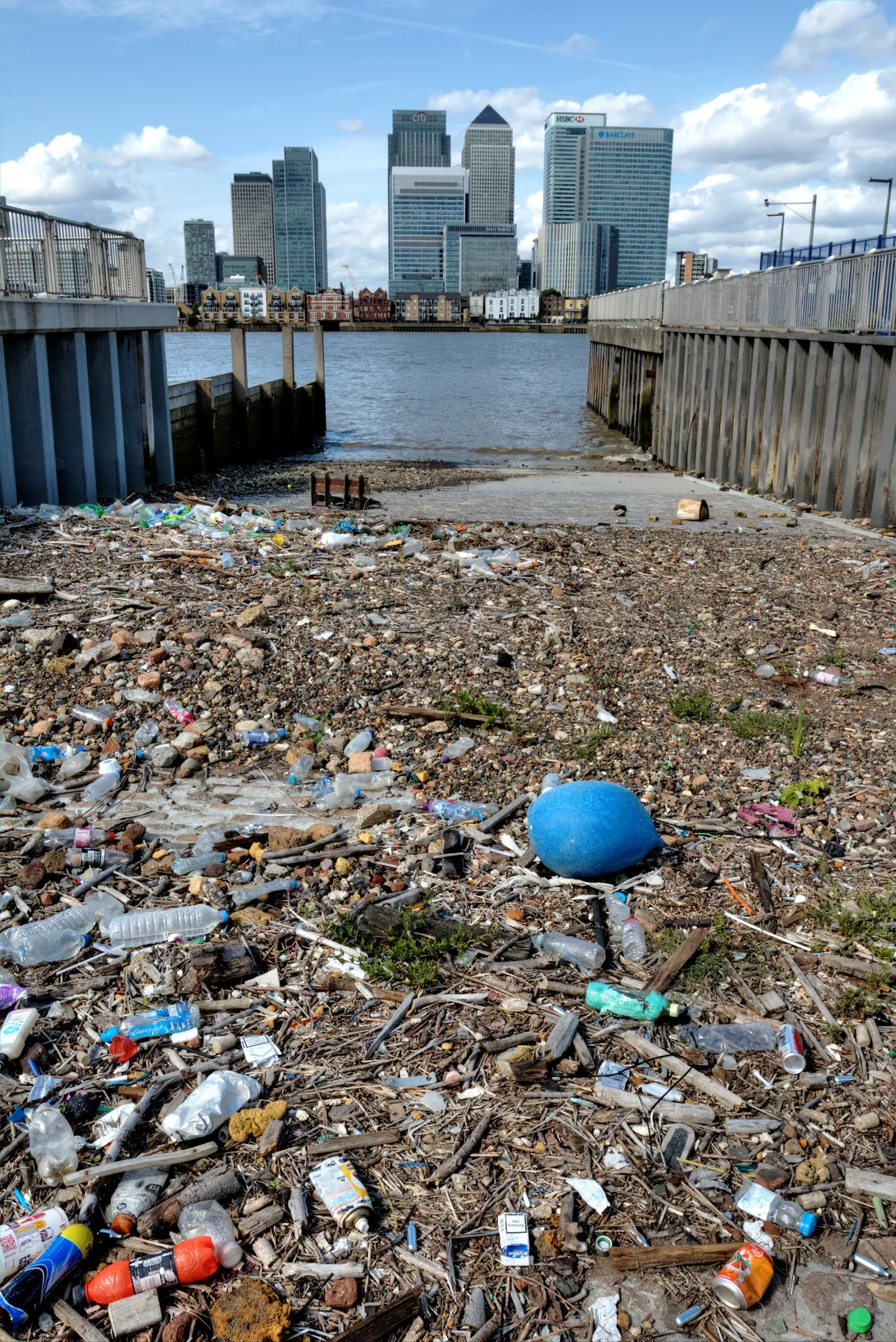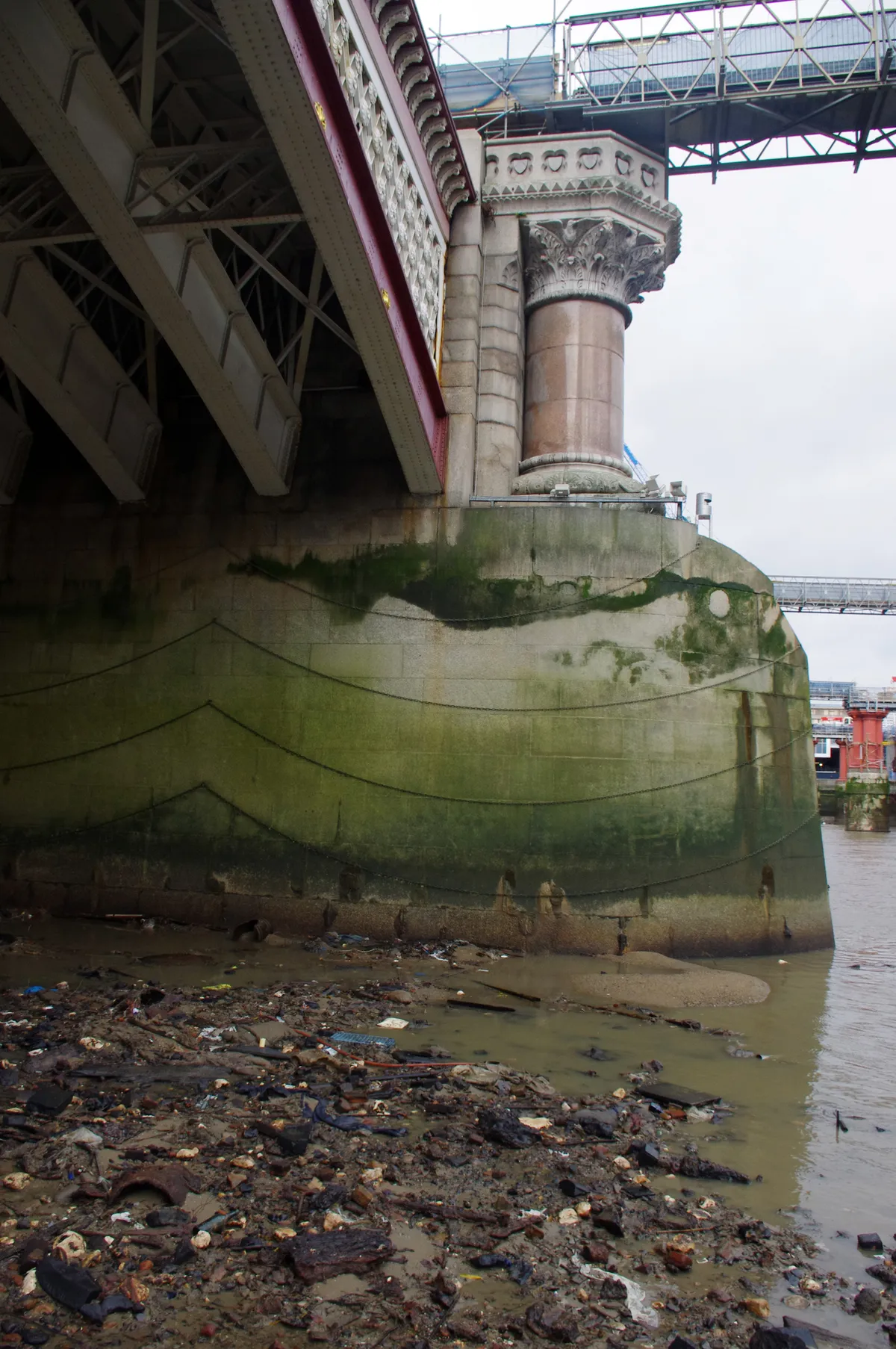Thames21, a charity focused on restoring local rivers for the health of the surrounding communities, ran 20 river clean-ups across 2017 and 2018 for the Thames and its tributaries.
The data they collected was compared to Marine Conservation Society (MCS) data from four beach clean-ups at Southend-on-Sea, where the Thames meets the sea.
In the Thames foreshore, those participating in the clean-up found wet wipes to be widespread, whereas metal drink bottles were most epidemic in the tributaries, and general glass and plastics were rife in the estuaries.
The report emphasised the huge numbers of wet wipes found in foreshore areas; an average of 1,000 across the four Thames foreshore clean-ups that took place.

The information about where particular pollutants turn up in the river gives great insight into how litter moves on the Thames, and researchers found that the concentration of litter items rose as the Thames flowed closer to the sea.
The amount of litter likely rose because there is more opportunity for humans to litter as the Thames flows through cities.
An important part of establishing the source-to-sea journey is acknowledging that plastics break up the longer they are in the Thames, and it’s possible that single-use items become unrecognisable at sites closer to the sea.
“Beach cleaners are far more likely to find microplastics these days than larger identifiable items,” says MCS Beachwatch manager Lauren Eyeles. “We find much more unidentified, tiny plastic at these sites because the plastic has been floating around for some time.”

At Southend-on-Sea, 48 per cent of the items found were recognisably single-use, with an average of 2,520 items of litter per 100m surveyed.
Comparatively, a larger percentage of single-use items were found when surveying the tributaries and foreshore, but with less items of litter overall.
The River Lea in Hackney, the Bear Brook in Aylesbury, and the River Brent in Neasden were a few of the 14 tributary sites surveyed.
At these sites, 78 per cent of litter items were single-use, and there was an average of 219 litter pieces per 100m, while from the four clean-ups that took place on the Thames foreshore, 86 per cent of litter items were single-use, with 1,402 items found per 100m.
“These findings clearly show that we urgently need a Deposit Return Scheme, as well as alternatives to single-use,” said Debbie Leach, CEO of Thames21.
The UK government announced plans in 2018 for a deposit return scheme for drink bottles, where consumers pay an up-front deposit which is redeemed on return of the empty drink container.
